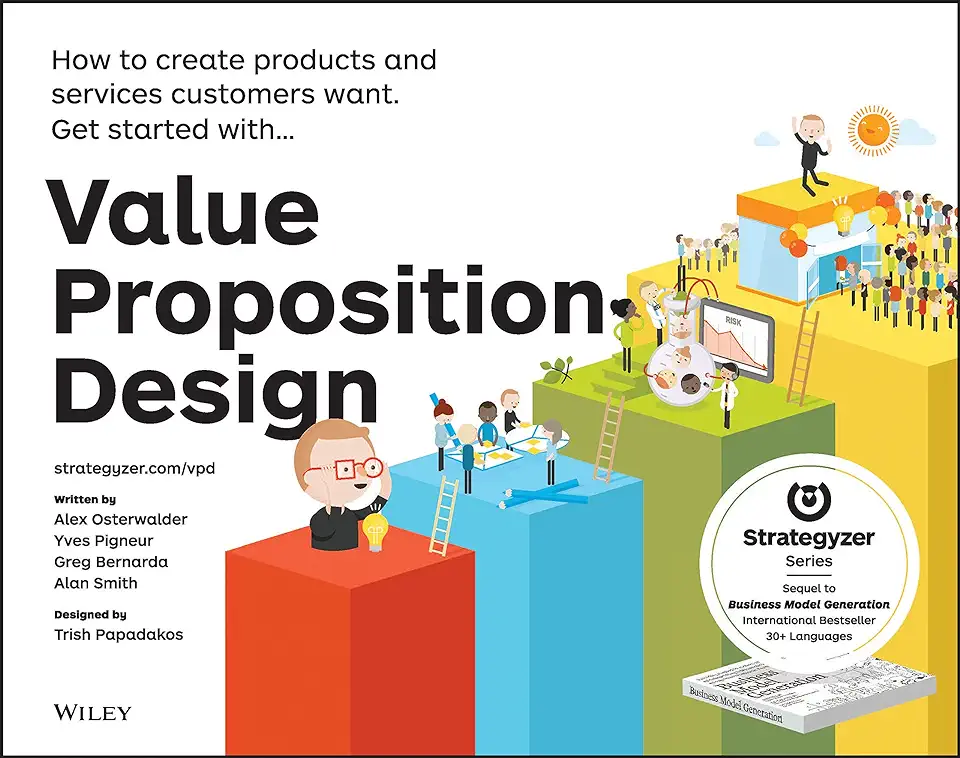
Value Proposition Design - Osterwalder, Alexander
Value Proposition Design: How to Create Products and Services Customers Want
Introduction
In today's competitive business environment, it's more important than ever to create products and services that customers want. But how do you know what customers want? And how do you create a value proposition that will appeal to them?
The answer lies in value proposition design. Value proposition design is the process of creating a clear, concise, and compelling statement that communicates the unique value of your product or service to customers. It's about understanding your customers' needs and wants, and then developing a product or service that meets those needs.
The Value Proposition Canvas
The value proposition canvas is a tool that helps you create a visual representation of your value proposition. It's a simple but powerful tool that can help you identify your target customers, understand their needs, and develop a product or service that they'll love.
The value proposition canvas consists of nine building blocks:
- Customer segments: Who are your target customers?
- Customer jobs: What are your customers trying to accomplish?
- Customer pains: What are the challenges and obstacles your customers face?
- Customer gains: What are the benefits your customers hope to achieve?
- Value proposition: What is the unique value of your product or service?
- Channels: How will you reach your target customers?
- Customer relationships: How will you build and maintain relationships with your customers?
- Revenue streams: How will you generate revenue from your product or service?
- Cost structure: What are the costs associated with creating and delivering your product or service?
Creating a Value Proposition
Creating a value proposition is a process of iteration and refinement. It's important to start with a clear understanding of your target customers and their needs. Then, you can develop a product or service that meets those needs and communicate the value of your offering in a clear and compelling way.
Here are a few tips for creating a successful value proposition:
- Focus on the customer. Your value proposition should be all about your customers. What are their needs? What are their wants? What are their pain points?
- Be clear and concise. Your value proposition should be easy to understand and remember. It should be a single, clear statement that communicates the unique value of your product or service.
- Be relevant. Your value proposition should be relevant to your target customers. It should address their specific needs and pain points.
- Be credible. Your value proposition should be credible and believable. It should be based on facts and evidence.
- Be persuasive. Your value proposition should be persuasive and compelling. It should make customers want to learn more about your product or service.
Conclusion
Value proposition design is a powerful tool that can help you create products and services that customers want. By understanding your customers' needs and wants, and then developing a product or service that meets those needs, you can increase your chances of success in the marketplace.
Call to Action
If you're ready to learn more about value proposition design, I encourage you to pick up a copy of my book, Value Proposition Design. In this book, I'll walk you through the process of creating a value proposition that will help you attract and retain customers.